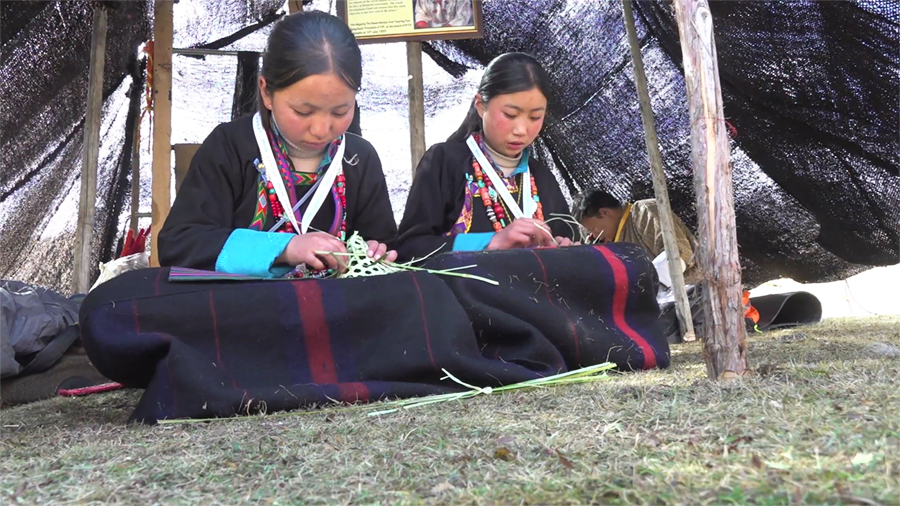
Bhutan’s strength lies not in its economy or technology but in its unique culture and traditions. This soft power has made Bhutan one of the world’s most sought-after tourist destinations. However, with increasing risks of cultural dilution, preserving these traditions has become more crucial than ever. The people of Laya understand this as they continue to uphold and protect their rich cultural heritage.
Young hands are hard at work. It was during the recent Royal Highland festival. These students are making the conical hat of Laya, known locally as a “Zhamu.” It is a distinctive traditional headgear worn by the women here.
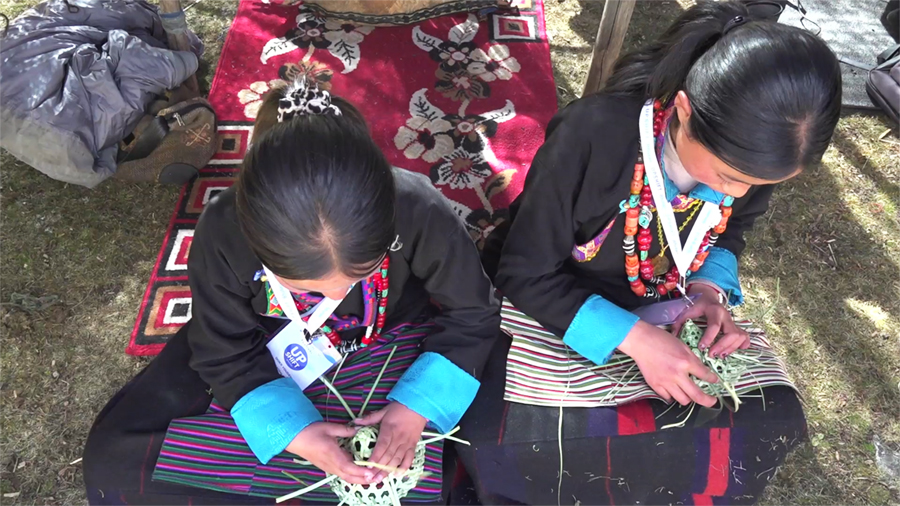 Made from bamboo and decorated with unique patterns, the hat features a pointed top and a wide brim. It is not just a practical accessory for protection against the harsh mountain climate but also a cultural symbol reflecting the identity and heritage of the people here. The zhamu is paired with the traditional woollen dress, completing the unique attire of this highland community.
Made from bamboo and decorated with unique patterns, the hat features a pointed top and a wide brim. It is not just a practical accessory for protection against the harsh mountain climate but also a cultural symbol reflecting the identity and heritage of the people here. The zhamu is paired with the traditional woollen dress, completing the unique attire of this highland community.
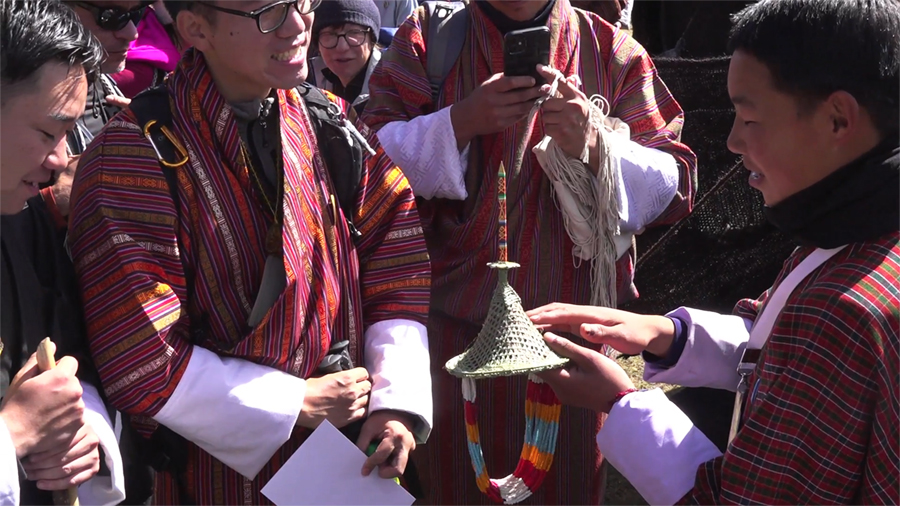 They are learning to weave as part of the upshift program. It takes about three days to make one but the time may vary depending on the skill of the weaver and the complexity of the design.
They are learning to weave as part of the upshift program. It takes about three days to make one but the time may vary depending on the skill of the weaver and the complexity of the design.
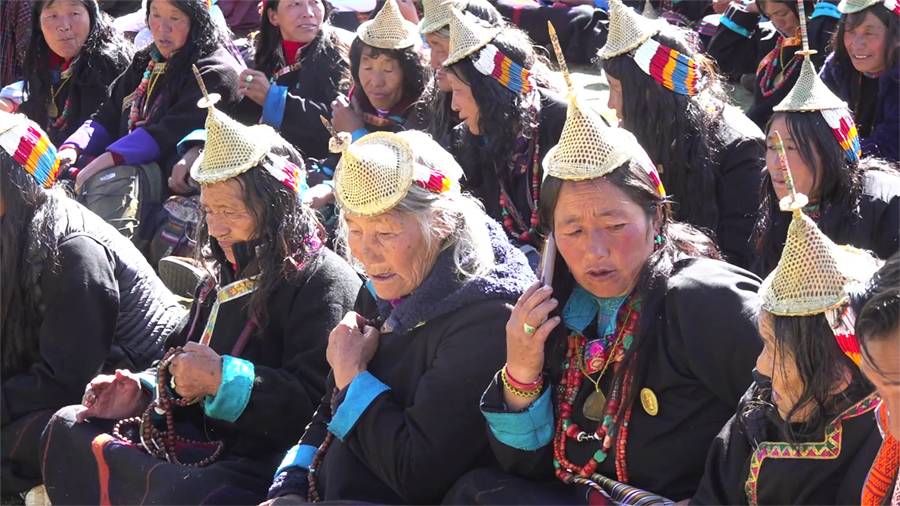 Elders believe that the hat was designed along with other attires of Layaps by Guru Rinpoche in the 8th Century.
Elders believe that the hat was designed along with other attires of Layaps by Guru Rinpoche in the 8th Century.
“The main reason I took an interest in weaving the hat is its connection to Laya’s unique culture and its growing popularity. However, only two individuals in our community still know about weaving these hats. This made me worry about the possible decline of this tradition in our community,” said Pema Lhamo, a student of Laya Central School, Gasa.
“Hat weaving is quite interesting, as it allows us to explore different designs and learn new techniques. Perhaps because it’s such an integral part of our culture, I feel a sense of pride and growing interest in learning this craft. We sell each hat for Nu 6,000 to 7,000,” said Yuden, another student of Laya Central School.
“I often tell my students that losing our culture is akin to losing our identity as a nation. I constantly remind them of its importance and provide all the necessary support to preserve it. As a result, our children are also showing keen interest, keeping this concern close to their hearts,” said Lak Bdr. Rai, a teacher at Laya Central School, Gasa.
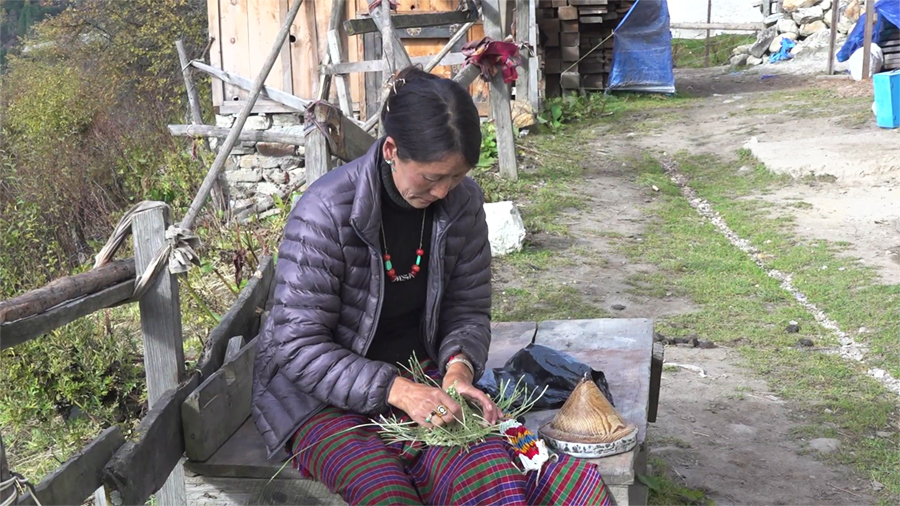 49-year-old Chimi Dem is passing down the art of hat weaving to younger generations, ensuring this unique tradition is preserved for the future.
49-year-old Chimi Dem is passing down the art of hat weaving to younger generations, ensuring this unique tradition is preserved for the future.
“Children are showing interest in learning hat weaving. I currently have eight students, and four of them have already mastered the craft. It makes me happy to see young people coming forward to learn. As a trainer, I feel proud watching them embrace this tradition with enthusiasm,” said Chimi Dema, a trainer.
There is no dearth of customers. They said it is difficult to meet the demand in the gewog. As modernisation reaches this remote hamlet, preserving culture must remain a priority.
Changa Dorji, Gasa
Edited by Tandin Phuntsho










